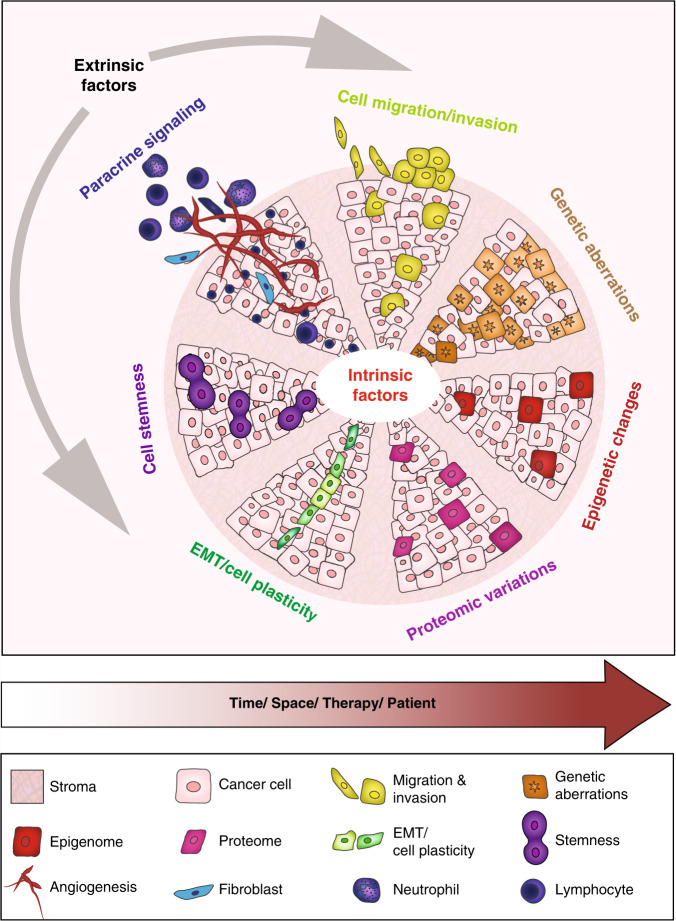Fig. 1. Intratumoural heterogeneity as a consequence of cancer-cell-intrinsic and cancer-cell-extrinsic factors.
Individual cancer cells can differ with respect to a large number of capabilities, which are regulated at different levels by cell-intrinsic cues, including genetic, epigenetic and proteomic changes. The major intrinsic causes of intratumoural heterogeneity include cancer cell migration and invasion, genetic instability, epigenomic/transcriptomic and proteomic regulation, the degree of epithelial-to-mesenchymal transition (EMT) and cell plasticity, and the extent of stemness. Extrinsic factors in the tumour microenvironment (TME), such as the tumour vasculature and residing and infiltrating cells of the immune system, also contribute to intratumoural heterogeneity through cell–cell interactions and paracrine signalling. Intratumoural heterogeneity evolves in time and space, changes in response to therapy and the development of resistance, and varies between different patients (adapted from ref. 13).

